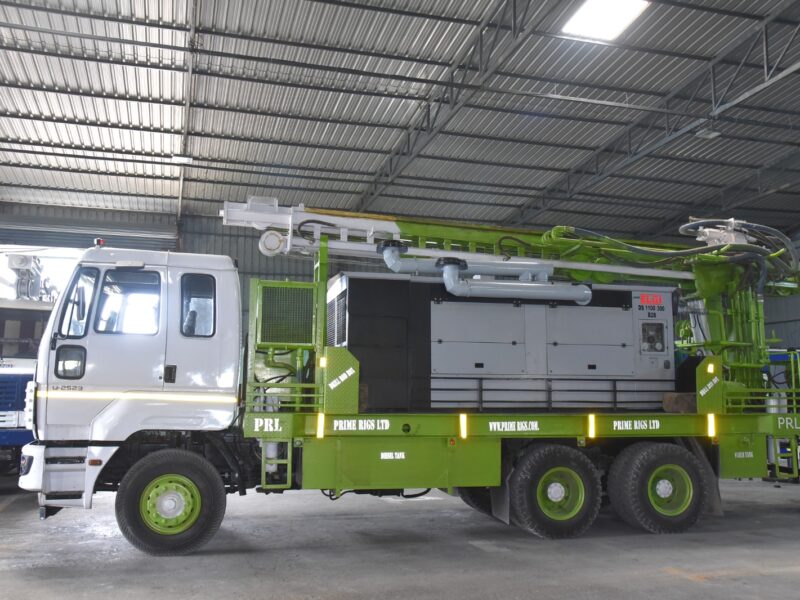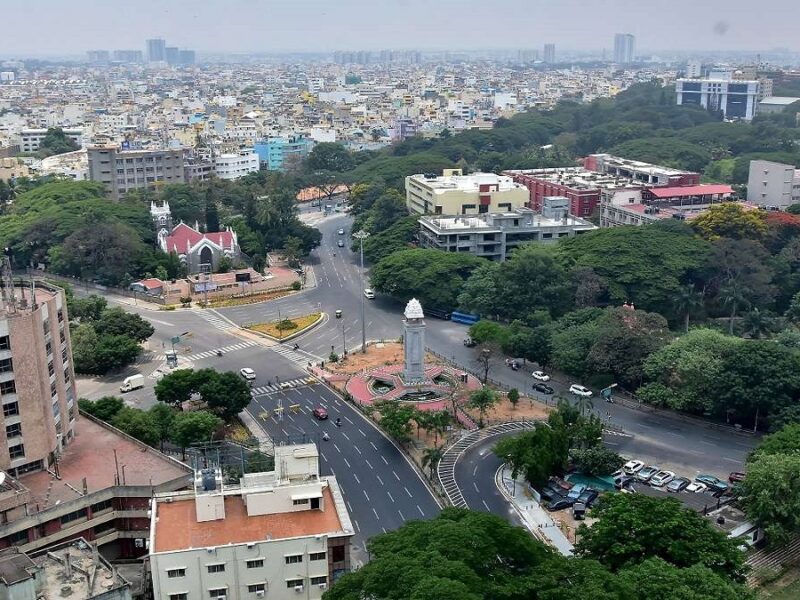When it comes to Chinese imperial tombs, the Ming Tombs are among the best-kept secrets. Worth seeing as well is Pompeii, the city that was buried under the ash of Mount Vesuvius’s explosion. Mohenjo Daro, the most important 메이저사이트of this civilization in India, should also not be missed. Take a look below to find out more about visiting some of these incredible locations.
The Ming Tombs are the most well-preserved of all of China’s imperial tombs.
In addition to being close to the Great Wall of China, the Ming Tombs complex can be found 45 kilometers to the northwest of Beijing. Buses that only stay for the day often make stops at both locations. The Ming Tombs complex is busy, although not as much as Badaling, and the tombs within are simple to reach. The graves are accessible via the four-mile Sacred Way hike. From a white marble gateway, you can take this path down to a valley filled with trees.
The layout of the Ming Tombs is completely different from anything else. There are separate mausoleums that make up the whole of the burial complex. There is a front courtyard and a burial mound behind each mausoleum. There are between eight and sixteen kilometers between each tomb. Traditional Chinese Feng Shui was used in the construction of the tombs to ensure that they would be in harmony with their natural surroundings.
Mount Vesuvius’s explosion obliterated the city of Pompeii.
It is estimated that the city of Pompeii was buried by between 14 and 17 feet of ash, pumice, and muck when Mount Vesuvius erupted, sending flames and smoke into the air. Herculaneum was also engulfed in mud and debris when this happened. Many buildings were destroyed; however, some valuables were left behind. As for what caused the eruption, numerous speculations have been put forth.
Numerous lives were lost as a result of the eruption. Both animals and plants were wiped off. In addition, earthquakes and tsunamis were triggered by the eruption, wreaking havoc on nearby urban centers. As a result, these urban centers are now protected as part of the Vesuvius National Park and the UNESCO World Heritage List.
One of Mexico’s imperial temples is Chichen Itza.
Chichen Itza, the most revered imperial site in Mexico, gets its name from its location at the “mouth of the well of Itza.” Due to the presence of two holy wells, this area was considered sacrosanct. Archaeological divers have discovered skeletons and human remains in the water of these wells, suggesting that they were used for the burial and worship of the dead. This historic structure was built with the Chichen people’s values in mind. The Ball Court, a 272ft square area with an elevated platform, is one of its most interesting constructions메이저사이트. It is speculated that dancing acts and halftime shows took place on the Ball Court.
The Great Ball Court, as well as relics from the Temple of the Warriors and El Castillo, may be found on the Great North Platform. The Central Group consists of the observatory, Casa Colorada, and Akab Dzib, while the Osario Group houses the illustrious Osario pyramid. Chichen Itza is home to several cenotes, the most well-known of which is the Xtoloc Cenote.
The city of Mohenjo-Daro in India is the most important archaeological site associated with this culture.
Along the Indus River’s bank can be found the mounds and ruins of Mohenjo Daro. If you’re ever in South Asia, you should make a point of checking out this site, as it’s one of the most significant archaeological sites in the region. UNESCO has designated this location as a World Heritage Site.
This city flourished due to its prime location on the banks of the then-thriving Indus River. The river also facilitated trading, an essential activity for those living in antiquity.
The largest of these Indian sites is called Amri.
Amri, on the western bank of the Indus River, was an important city as early as 3600 BC. About a hundred kilometers north of Hyderabad in Pakistan is where this pre-Harappan hamlet was discovered. Multiple structures in the community are situated at different heights. A cultural and agricultural hub before the Harappan civilization arose in the Indus valley’s southern reaches, this city was not particularly huge.
Mohenjo-Daro, in modern-day Pakistan, is the cultural epicenter of this civilization. This city had a population of 35,000, and it was spread out on an island in the middle of the Arabian Sea, which meant it was subject to repeated flooding. The Great Bath was built atop its highest hill. There is evidence that drums were used in the city, as well as several sculptures and paintings.
Economic downturn’s effect on important sites
After the acute phases have passed, the government must intervene to guarantee that people’s needs are met and that economic activity resumes. Consequently, numerous policymakers have enacted expansive, well-timed fiscal and monetary measures to back up households and commercial endeavors. To lessen the impact of layoffs and reduced investment during the containment phase, this backing should be maintained.

